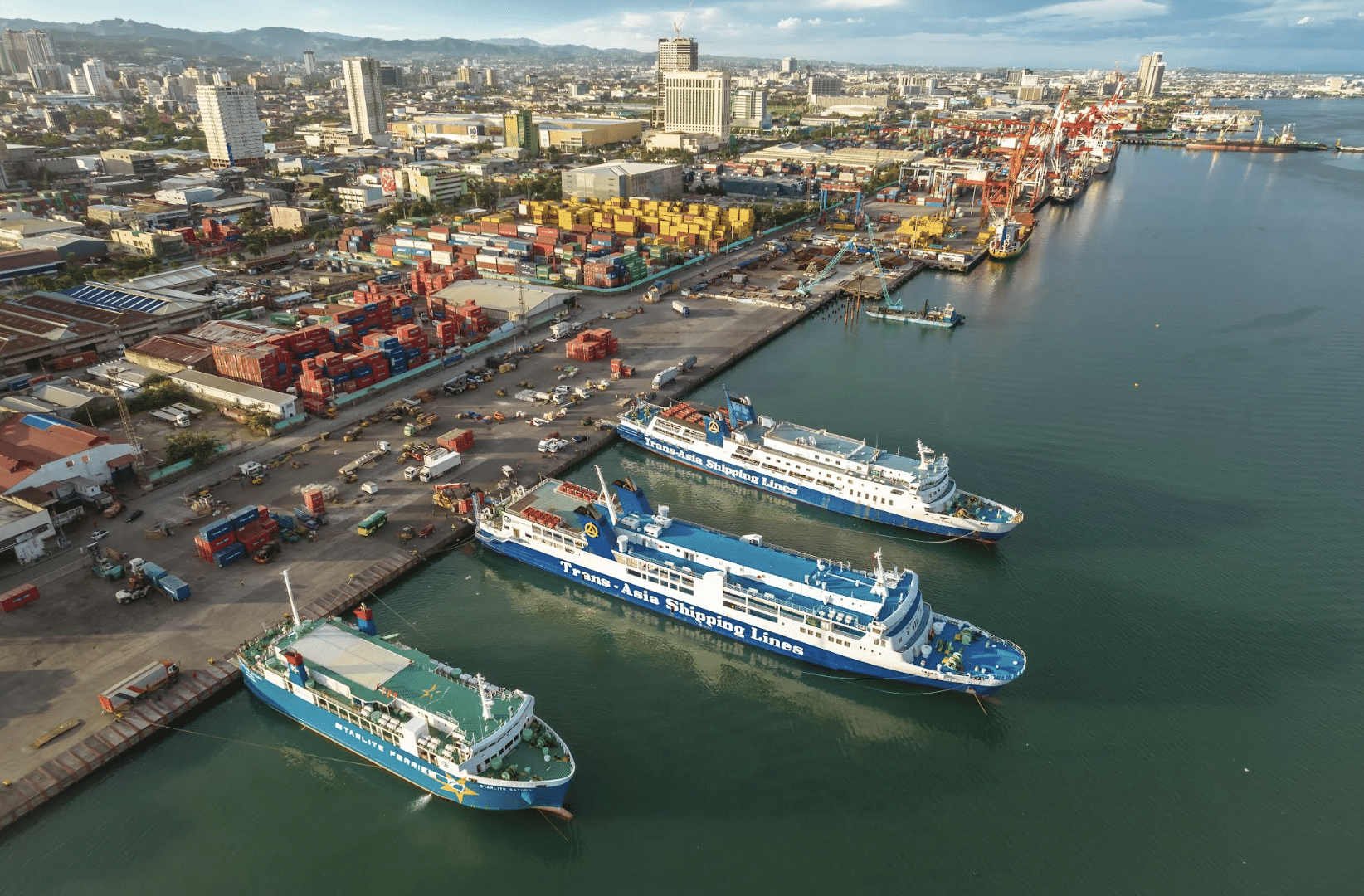Cebu’s energy imperative: Balancing renewables and baseload for sustainable growth
Cebu, a vital cog in Central Visayas’ growth engine, has faced the challenge of a precarious power supply in recent years. Understandably so, given that major industries are driving growth at double-digit rates for economic dynamos Mandaue, Lapu-Lapu, and Cebu cities.
Cebu’s rapid growth, alongside its dependence on other regions for power, demands the creation of stable, independent inland energy sources. Building inland generation capabilities is a strategic step towards energy self-sufficiency, and will significantly strengthen the Visayas grid.
Present supply constraints
Both the public and private sectors have voiced their concerns over the impact of present supply constraints. After all, power shortages could curtail the impressive economic growth Cebu has seen in recent years.
In 2023, Cebu Island’s economy reached a milestone, achieving a GDP of P1.01 trillion and driving growth in Central Visayas, the nation’s fastest-expanding region.
Cebu Chamber of Commerce and Industry President Jay Yuvallos highlighted the negative impact of power interruptions in energy-intensive industries like manufacturing, IT, business process management (IT-BPM), tourism, and hospitality. “The major input is always power…if power is unreliable and [unsustained], then the risk becomes so high,” Yuvallos warned at an energy forum in November 2024.
The Hotel, Resort and Restaurant Association of Cebu Inc. president Alfred Reyes, added that summer rotational blackouts would hit hotels hard, especially those without generators that run continuously. “Energy is something that you cannot compromise. Once you’re out of energy, automatically your guests will move to properties that can provide 24/7 electricity,” Reyes explained.
The National Grid Corporation of the Philippines (NGCP) reported that Luzon and Visayas reached their 2024 peak demands in April last year, with the Visayas grid hitting 2,525 MW. The upswing in demand caused power system overloads and subsequent Red and Yellow alerts in the already strained Luzon and Visayas grids.
The urgency of energy self-sufficiency
At the same energy forum, Cebu Governor Gwendolyn Garcia reiterated the urgency of developing Cebu’s in-island power capacities. Currently, Cebu imports around 60% of its electricity from neighboring islands such as Leyte and Panay.
“We cannot be relying mainly on others for our power. We need to be self-sufficient, not in 2027 but now,” Garcia said.
She also stressed the importance of allowing power generation companies to “expand their capacity to supply power to Cebu Island.”
To ensure the continued economic growth and well-being of its residents, Cebu must prioritize the development of its in-island power generation capacity. The current reliance on external sources renders the province vulnerable to supply disruptions, potentially hindering its progress and preventing the delivery of essential services.
The Department of Energy (DOE) is gearing up for 6,841 megawatts (MW) of additional capacity from power projects set to kickstart operations in 2025. Luzon will still get the largest share at 5,754 MW, while 855 MW will go to the Visayas and 232 MW to Mindanao.
The Visayas region is seeing a rise in renewable energy projects, including several solar power initiatives, such as the 300-MW Kananga-Ormoc Solar Power Project, the 137.48-MW Calatrava Solar Power Project, the 130.05-MW Bacolod Solar Power Project, the 112-MW San Isidro Solar Power Project Phase 1, the 239.56 MW solar farm with a 65-MW battery energy storage system (BESS) in Negros Occidental to supply the Visayas grid. Construction is expected to begin in the first quarter of 2026, while the target for commercial operation is slated for the fourth quarter of 2027.
Meanwhile, the San Isidro wind project is expected to commence operations in February 2026.
However, given Cebu’s unique energy challenges and its priority to ensure a stable and resilient power supply for continued economic growth, the need for reliable baseload power remains crucial, especially with the inherent intermittency of these renewable sources.
Securing adequate baseload power
The DOE aims for solar power to meet roughly 15% of the country’s total power needs by 2040. As stated in the Philippine Energy Plan, the country intends to source 35% of its power from renewable energy by 2030 and raise it to 50% by 2040.
However, to achieve this energy mix, the country needs about 53,000 MW of new renewable energy capacity. As such, the contribution of traditional power sources like coal is crucial in the transition to ensure stable and affordable electricity for consumers.
At an energy forum in June last year, Energy Secretary Raphael Lotilla acknowledged the government’s responsibility to provide sufficient baseload power while increasing renewable energy’s share in the power mix.
To help address these power challenges, an expansion of the 340-MW coal-fired power plant in Toledo, Cebu is being pursued. Together, these energy projects are laying the groundwork for a more secure and self-reliant power system in Cebu.
Energy demand will continue to grow alongside Cebu’s economy, and investments in its power infrastructure can put the province in a better position to meet demand.
Furthermore, with inland power generation projects underway, Cebu is poised to achieve greater energy security. In the future, it can even leap to become a power contributor within the Visayas grid, from an erstwhile energy importer to a net exporter.
ADVT.
This article is brought to you by DC Corporation.
